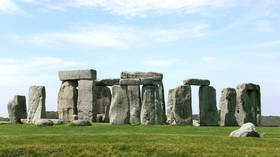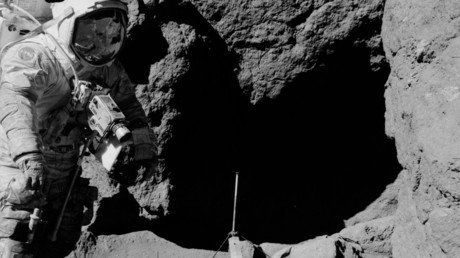Was Stonehenge created by French sailors? New study suggests long-running mystery could be solved

The mystery of Stonehenge may be solved, thanks to a new study that reveals the iconic rock structure may have originated from a single hunter gatherer society in France 7000 years ago.
The iconic prehistoric rock structure in Wiltshire, England has been baffling the world for generations as people struggle to figure out how the massive rock formations appeared in the UK.
A new study suggests the impressive ring of stones was created thanks to a hunter gatherer society in Brittany in northwest France, which first starting building the impressive structures and monuments 7,000 years ago.
Also on rt.com ‘A travesty’: Archaeologists enraged after Stonehenge site ‘damaged’ during drilling workThese societies then spread their megalith building culture via sea routes around Europe over the next 1,000 years. The research reveals the people of that time had far more advanced maritime skills than previously known.
Originally, anthropologists believed the megaliths originated in the Mediterranean or the Near East. More recent theories say they were first invented in six different places around Europe and were independent from each other. Last year, a study suggested the Stonehenge stones came from Wales, as did the people who may have built it.
Also on rt.com Groundbreaking discovery: Who may have built Stonehenge finally revealedStudy author Bettina Schulz Paulsson of the University of Gothenburg spent 10 years studying over 2410 historic sites around Europe to create a “megalith evolution.” She used radiocarbon dating on human remains buried at the sites to create the archaeological timeline.
“Everyone told me, ‘You’re crazy, it can’t be done,’” Schulz Paulsson told Science magazine. “But I decided to do it anyway.”
READ MORE: Awkward: ‘Ancient’ Scottish stone circle is actually replica from the 90s
The results were published Monday in the peer-reviewed journal Proceedings of the National Academy of Sciences.
“This demonstrates absolutely that Brittany is the origin of the European megalithic phenomenon,” Stonehenge specialist Michael Parker Pearson told Science magazine.
Think your friends would be interested? Share this story!














